Here’s How Medieval Warfare Worked
Welcome to the fascinating world of medieval warfare, a time when battles were fought with swords, shields, and a chivalric code that seems almost mythical today. During the Middle Ages, warfare was a way of life, and the art of war evolved significantly. From the fall of the Roman Empire to the onset of the Renaissance, this era witnessed countless battles and the development of military tactics that laid the foundation for modern warfare.
The Knights in Shining Armor
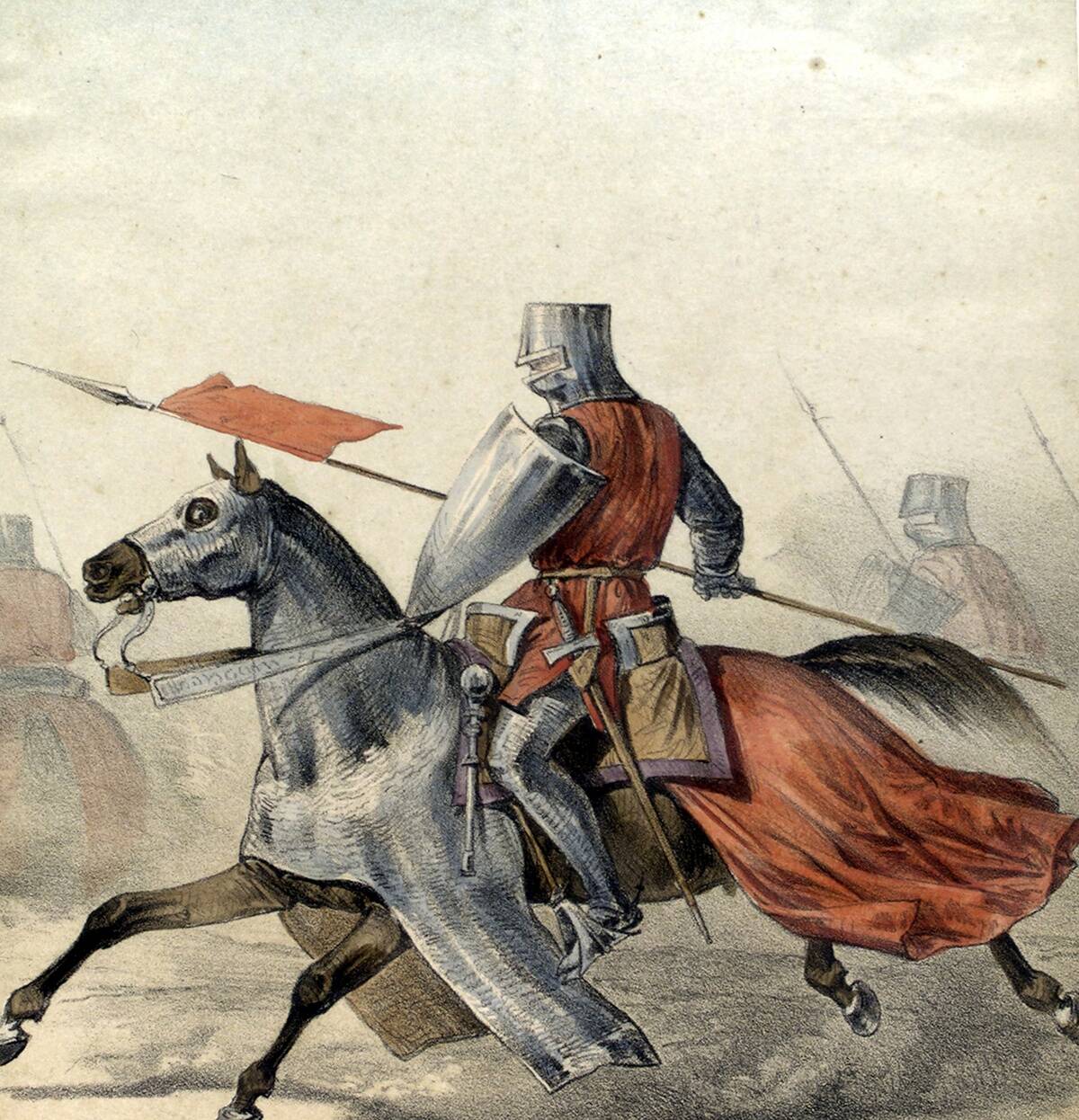
Knights were the rock stars of medieval warfare, with their gleaming armor and noble steeds. They were more than just warriors; they embodied the chivalric ideals of bravery, honor, and courtesy. Knights trained from a young age, starting as pages before becoming squires and eventually earning their spurs. Their role on the battlefield was crucial, often leading charges and serving as the backbone of medieval armies. Their legacy lives on in countless legends and stories.
The Role of Castles and Fortifications
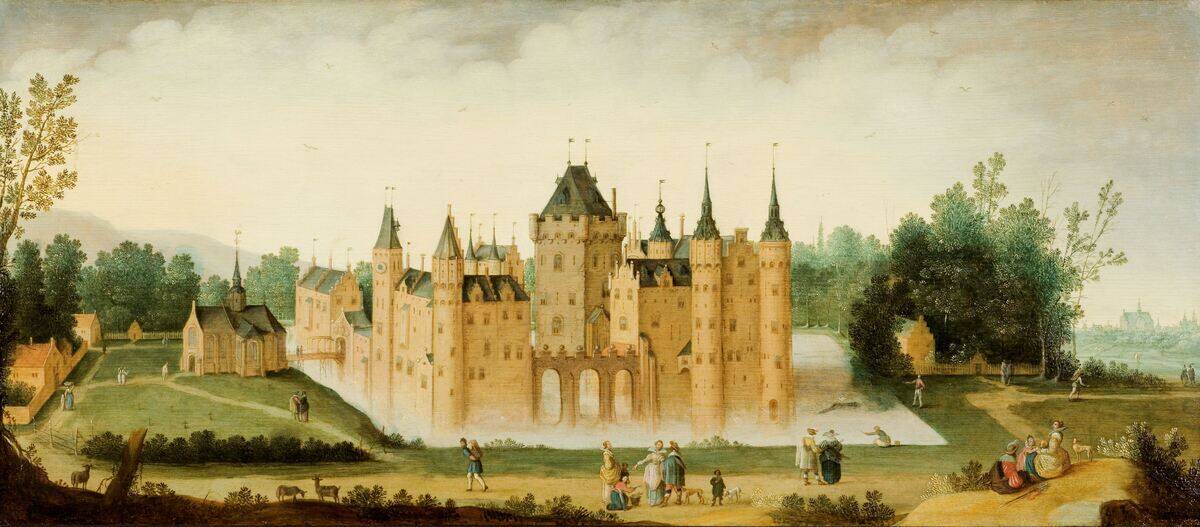
Castles were the medieval version of high-security fortresses, designed to withstand sieges and protect inhabitants. These stone marvels were strategically placed to control important trade routes and territories. The walls were thick, often surrounded by moats, and featured towers for archers. Castles were not only defensive structures but also symbols of power and authority. Over time, their design evolved to counter the advancements in siege technology, making them formidable strongholds.
The Art of Siege Warfare

Siege warfare was a test of patience and ingenuity, where attackers aimed to breach a castle’s defenses. From trebuchets to battering rams, various siege engines were employed to bring down walls. Starving the defenders into submission was another tactic, as supplies inside the castle dwindled. Successful sieges required careful planning, and sometimes years of effort. They were a crucial part of medieval warfare, as castles were often the key to controlling vast regions.
The Infantry: Foot Soldiers of the Middle Ages
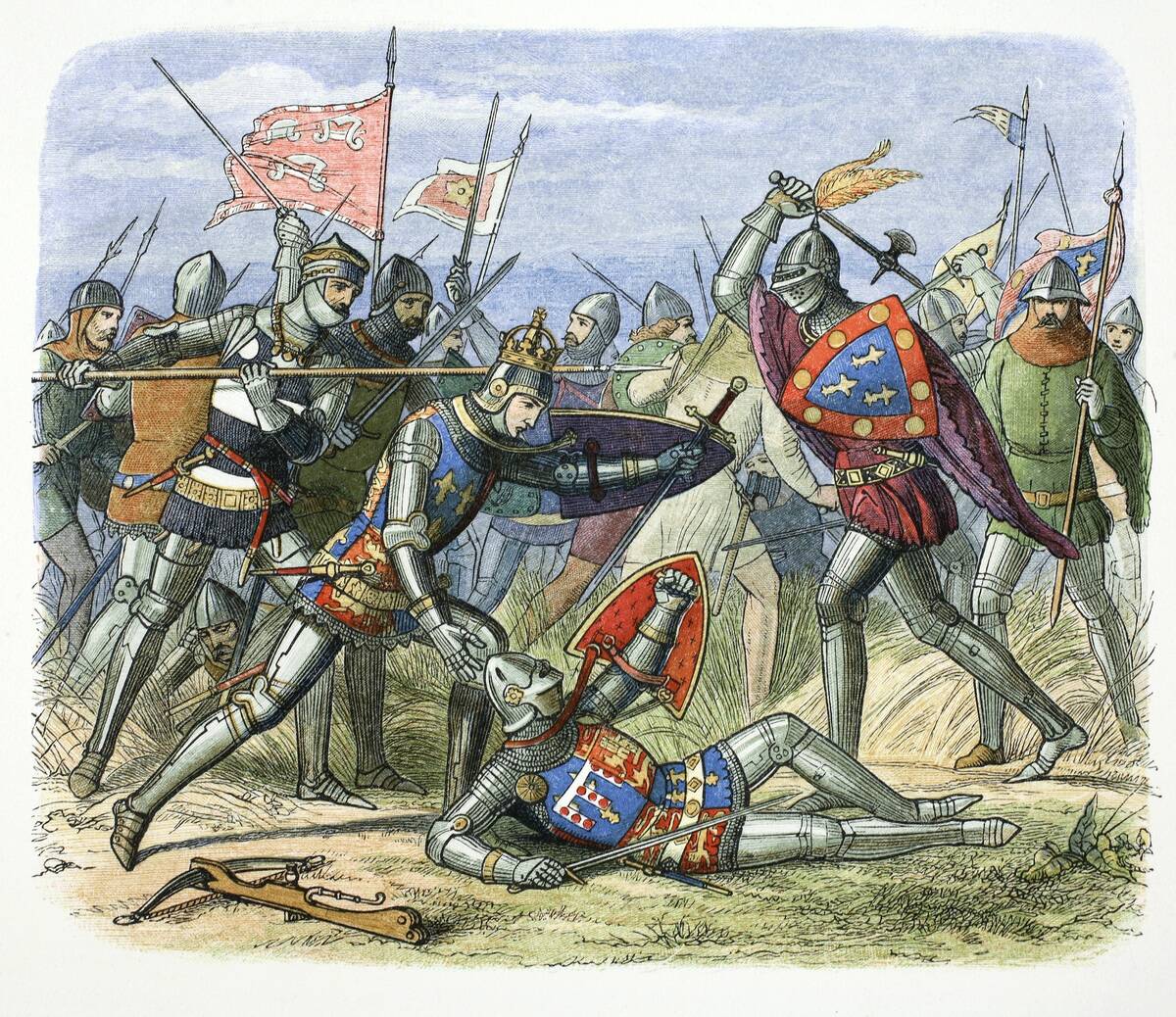
Foot soldiers, or infantry, were the backbone of medieval armies, providing numbers and strength in battle. These warriors came from various social backgrounds and were often armed with spears, swords, or axes. Unlike the more glamorous knights, infantrymen wore simpler armor, like chainmail or padded cloth. They played vital roles in forming battle lines and holding positions. Their contribution was indispensable, and their bravery on the battlefield was as crucial as that of the mounted knights.
The Cavalry: Masters of the Battlefield
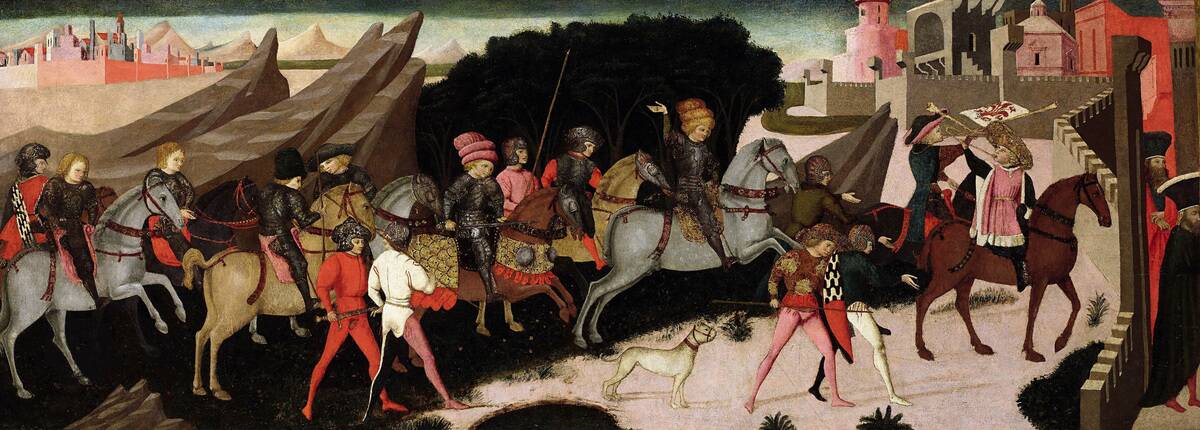
The cavalry, composed of mounted warriors, was the elite force of medieval armies, known for their speed and striking power. Knights and noblemen typically formed the cavalry, charging into battle with lances poised. Their ability to quickly maneuver on the battlefield allowed them to exploit weaknesses in enemy lines. The cavalry’s effectiveness was a game-changer, often deciding the outcome of battles. Their prowess in warfare was celebrated in numerous ballads and epic tales.
Medieval Weapons: Swords, Spears, and More
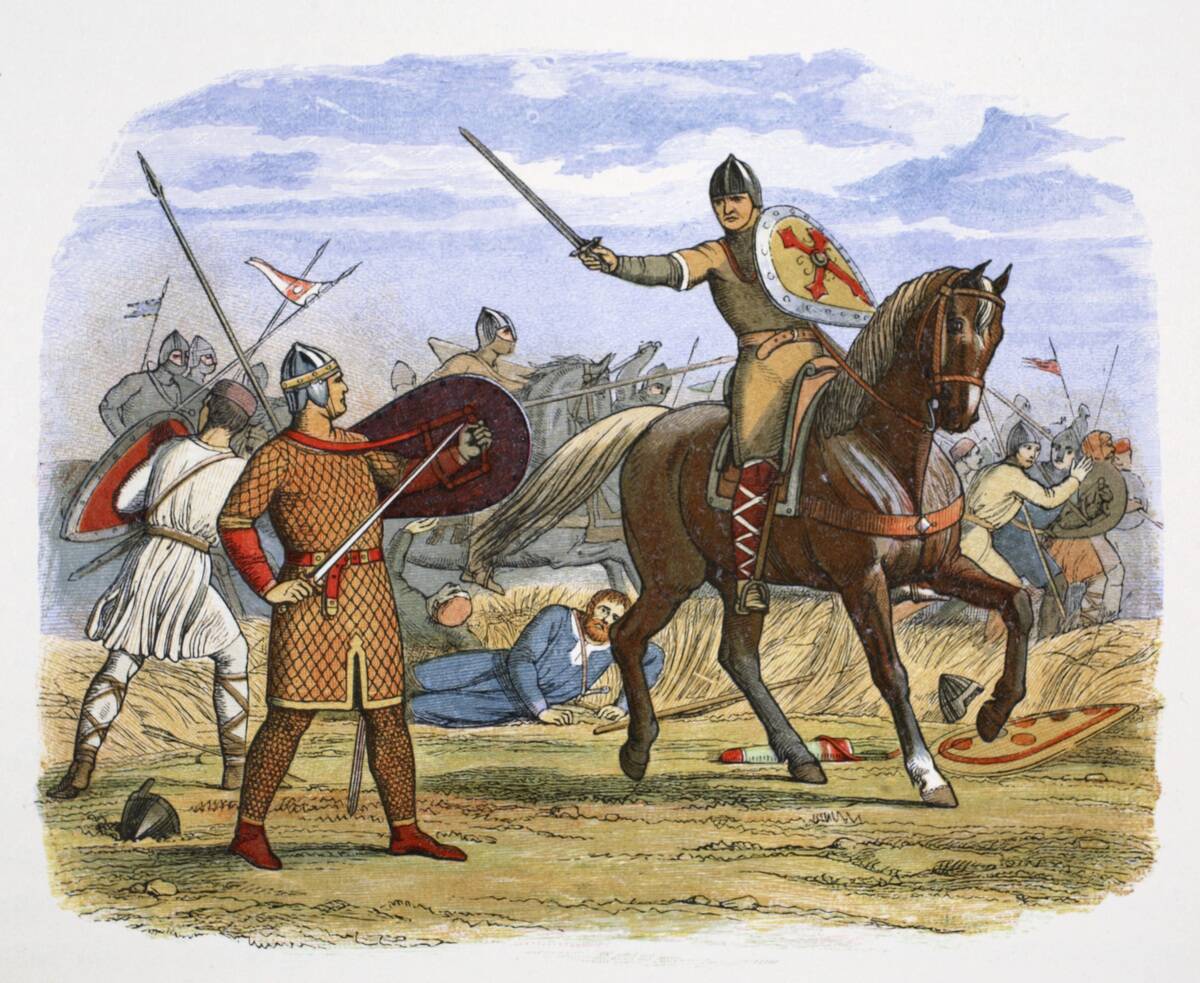
Medieval warfare was an arms race of sorts, with each side striving to develop more effective weapons. The sword, a symbol of knighthood, was a versatile weapon used for slashing and thrusting. Spears offered reach and were favored by infantry. Axes and maces were used to crush armor, while crossbows provided ranged attack capabilities. Each weapon had its own strategic use, and mastering them was essential for success on the medieval battlefield.
The Longbow and the Rise of Archery

The longbow was a revolutionary weapon that changed the dynamics of medieval warfare. Renowned for its power and range, the longbow could pierce armor and take down knights from a distance. English archers honed their skills from a young age, making them formidable opponents. The Battle of Agincourt in 1415 showcased the devastating effectiveness of the longbow, where English archers decimated the French cavalry. Its impact was so profound that it influenced military tactics for centuries.
The Evolution of Armor: From Chainmail to Plate
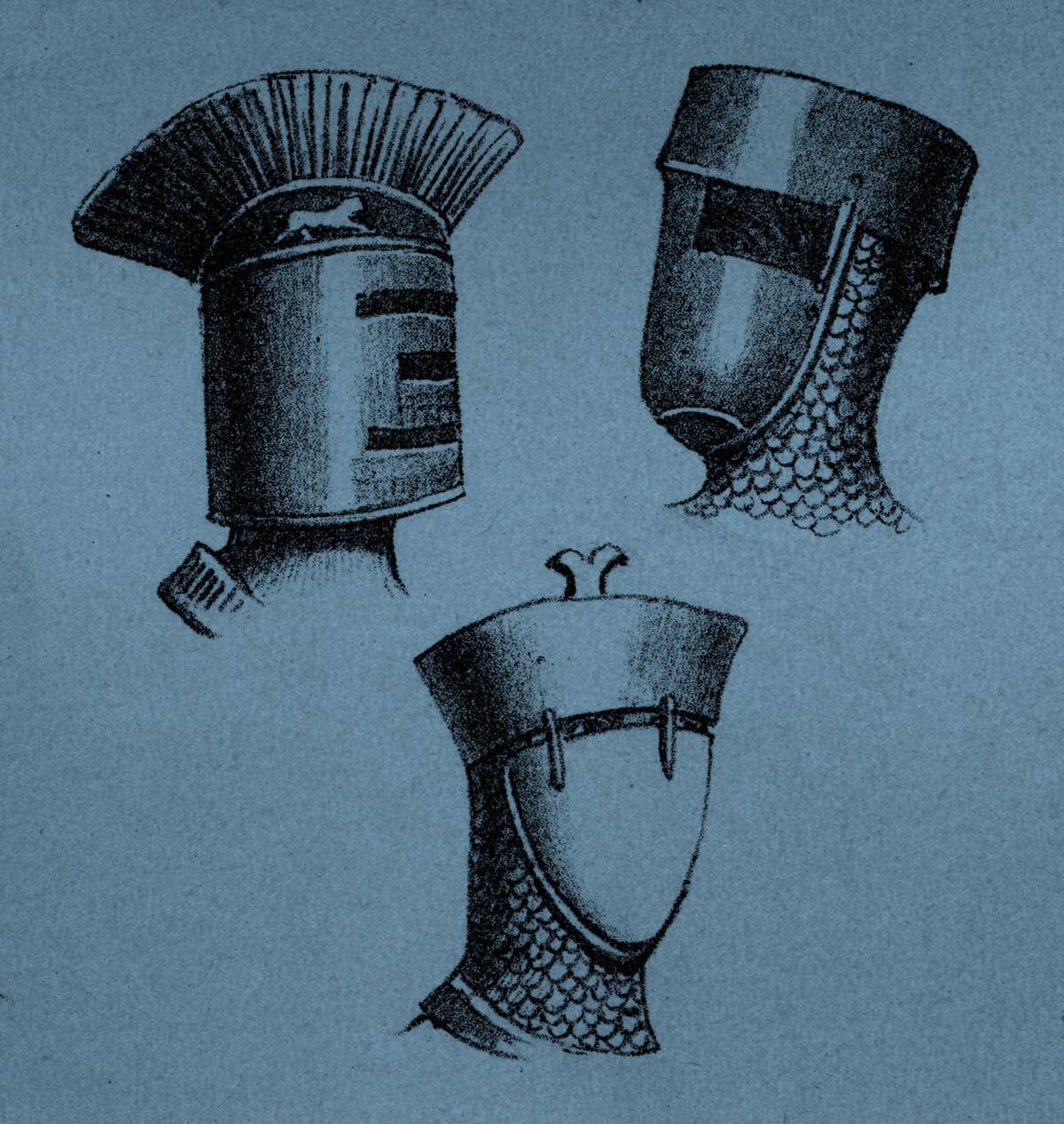
Medieval armor underwent significant evolution to keep up with advancements in weaponry. Early knights wore chainmail, a flexible mesh of interlinked rings offering decent protection. As weapons became more powerful, plate armor emerged, providing superior defense against swords and arrows. This full-body armor was meticulously crafted and costly, reserved for the wealthy elite. Despite its weight, plate armor allowed surprising mobility and became a symbol of the knightly class and its martial prowess.
The Strategy and Tactics of Medieval Battles

Medieval battles required strategic planning and tactical finesse, with commanders using terrain, formations, and timing to their advantage. The use of cavalry charges, infantry formations, and archery volleys had to be well-coordinated. Commanders like William the Conqueror and Saladin were renowned for their strategic acumen. Battles often started with skirmishes to probe enemy defenses, followed by full-scale assaults. Victory depended on leadership, adaptability, and the ability to inspire troops amidst the chaos of war.
Famous Medieval Battles and Their Impact
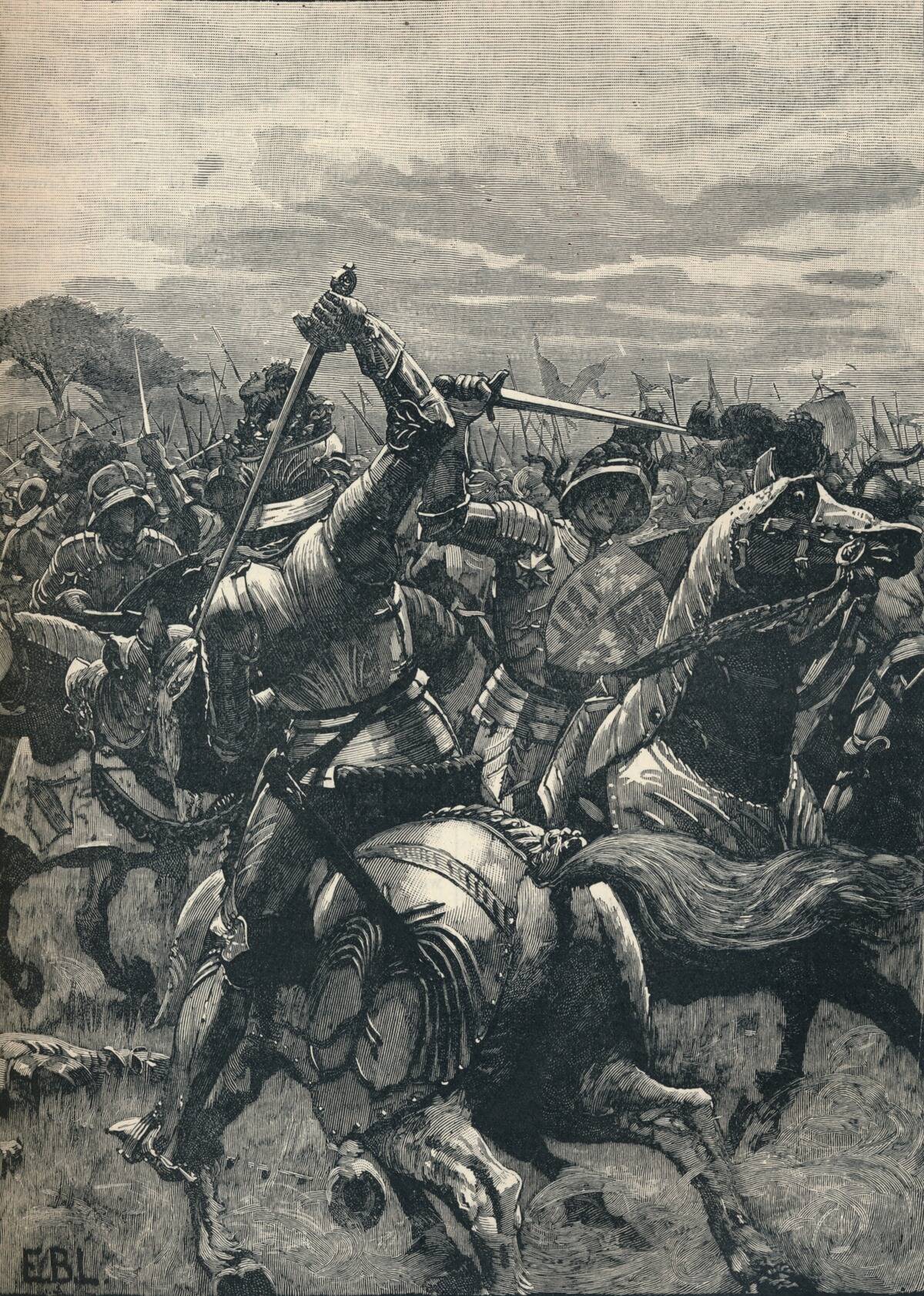
Medieval history is dotted with epic battles that shaped nations and empires. The Battle of Hastings in 1066 marked the Norman conquest of England, altering its social and political landscape. The Hundred Years’ War, with battles like Agincourt and Poitiers, defined the rivalry between England and France. These battles were not just military engagements; they influenced culture, language, and governance. The outcomes of such battles often shifted the balance of power and left lasting legacies.
The Role of Mercenaries and Hired Soldiers

Mercenaries played a vital role in medieval warfare, offering their services to the highest bidder. These professional soldiers were skilled in various forms of combat and brought much-needed manpower to armies. Hired from different regions, they were often more loyal to their pay than to any cause. The White Company, for instance, was a renowned group of English mercenaries in Italy. While effective, their presence could be a double-edged sword, as they might switch sides if a better offer came along.
The Influence of Chivalry and Code of Conduct
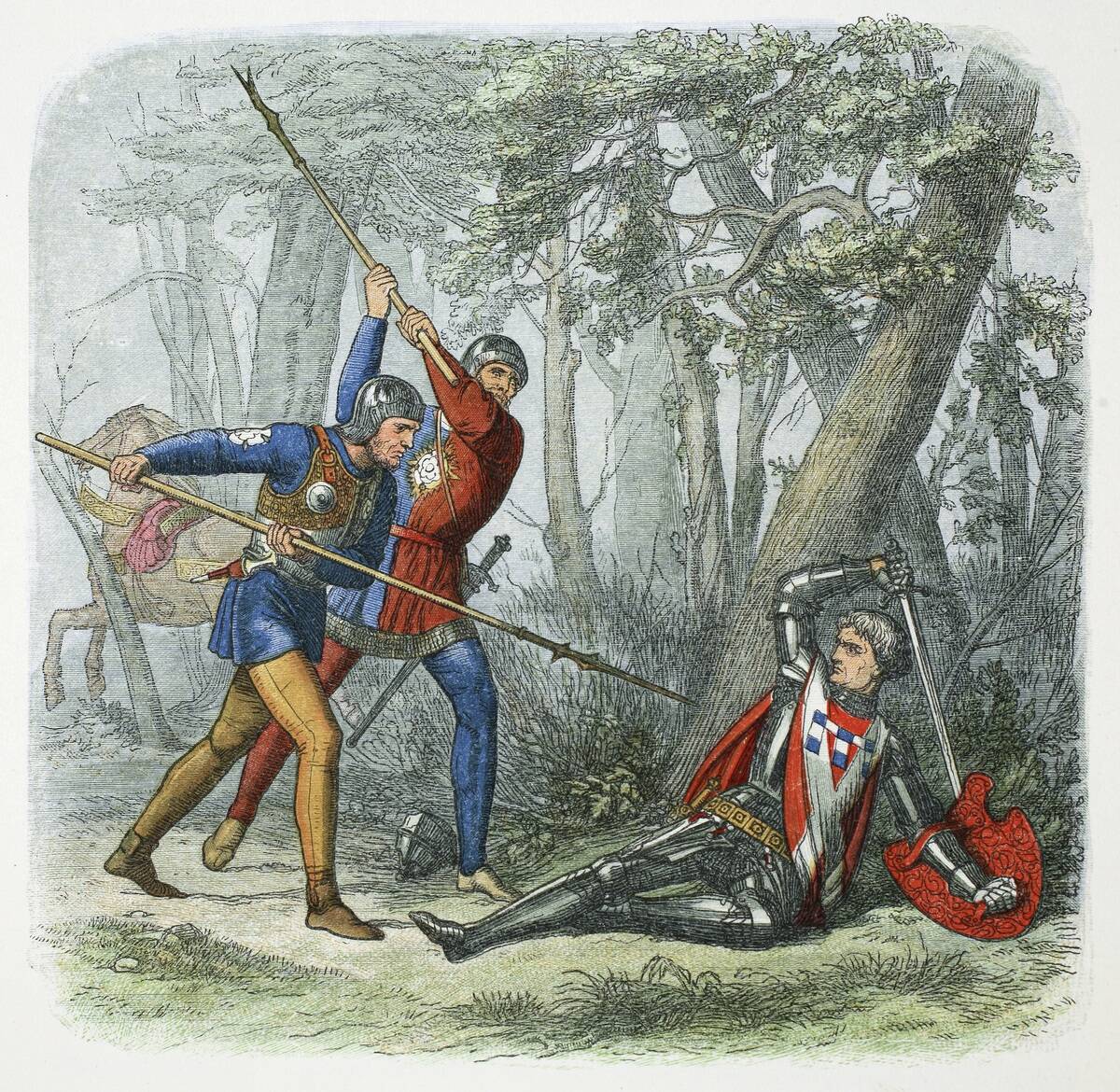
Chivalry was the knightly code of conduct that emphasized virtues like bravery, honor, and gallantry towards women. It played a significant role in shaping the behavior of knights both on and off the battlefield. Chivalric ideals were romanticized through literature, influencing the way warfare was perceived. While not always adhered to, these principles set a standard for knightly conduct, encouraging acts of valor and noble deeds. Chivalry added a layer of ethos to the brutal reality of medieval warfare.
The Logistics of Feeding an Army
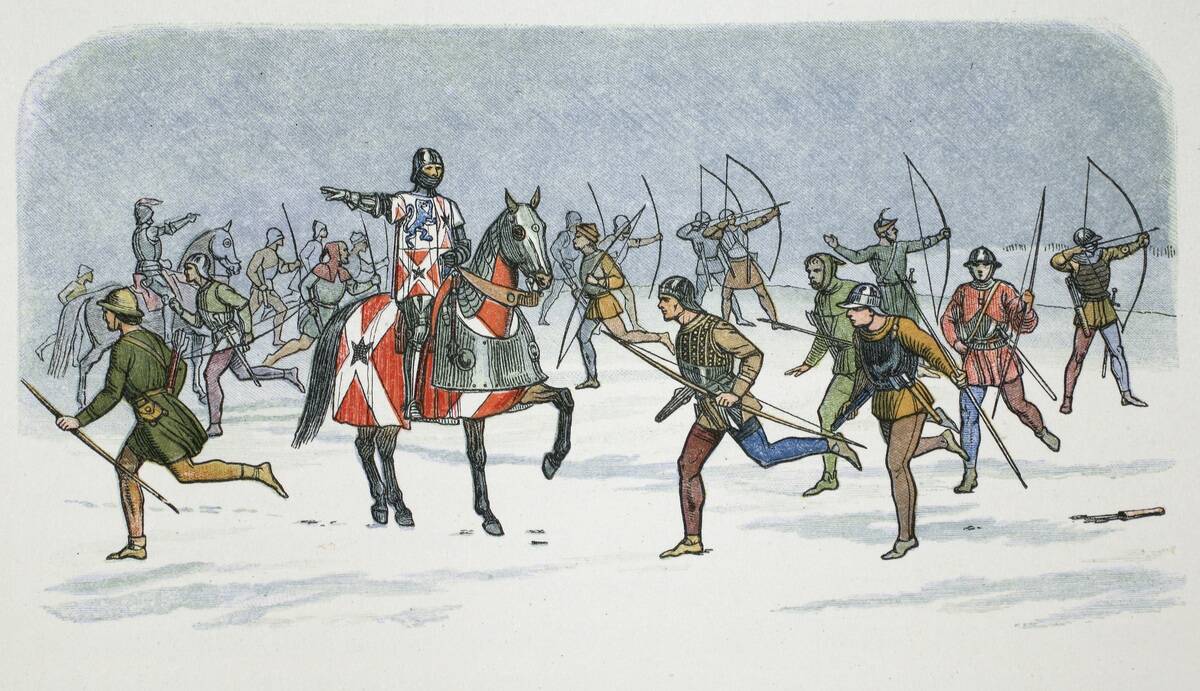
Supplying an army was a daunting task, as soldiers needed sustenance to fight. Medieval armies relied on foraging, local resources, and supply lines for food. Salted meat, grain, and ale were staples, with knights enjoying better rations than common soldiers. Commanders had to ensure steady supplies, especially during prolonged campaigns. The inability to feed an army could lead to disastrous consequences, as troops might desert or fall ill, highlighting the importance of logistics in medieval warfare.
Medieval Naval Warfare: Battles on the High Seas
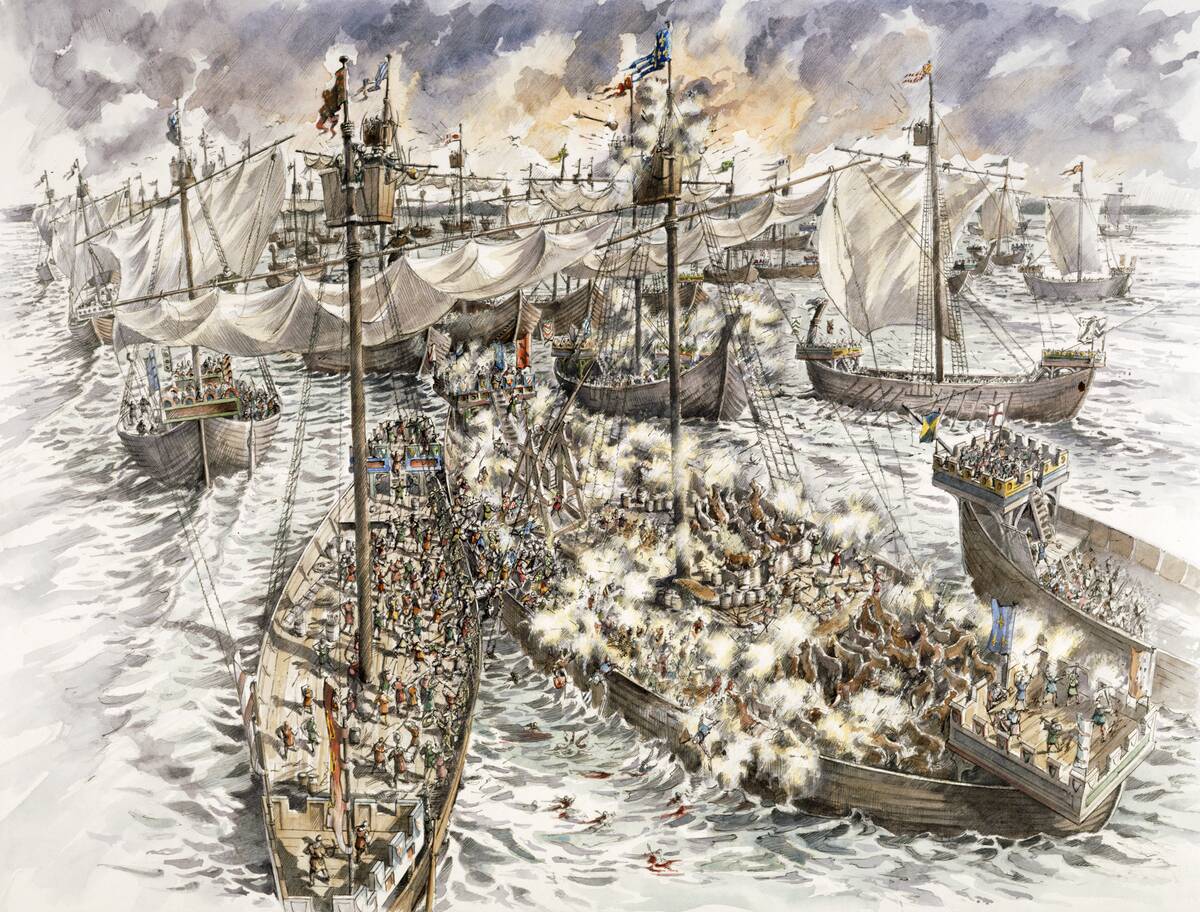
Naval warfare during the medieval period was a mix of strategy and brute force, with ships serving as floating fortresses. Battles at sea involved ramming, boarding, and the use of archers or catapults. The Battle of Sluys in 1340 was a pivotal naval engagement in the Hundred Years’ War, establishing English dominance at sea. Control of the seas allowed for safer trade routes and troop movements, making naval power an essential component of medieval military strategy.
The Impact of Religion and the Crusades
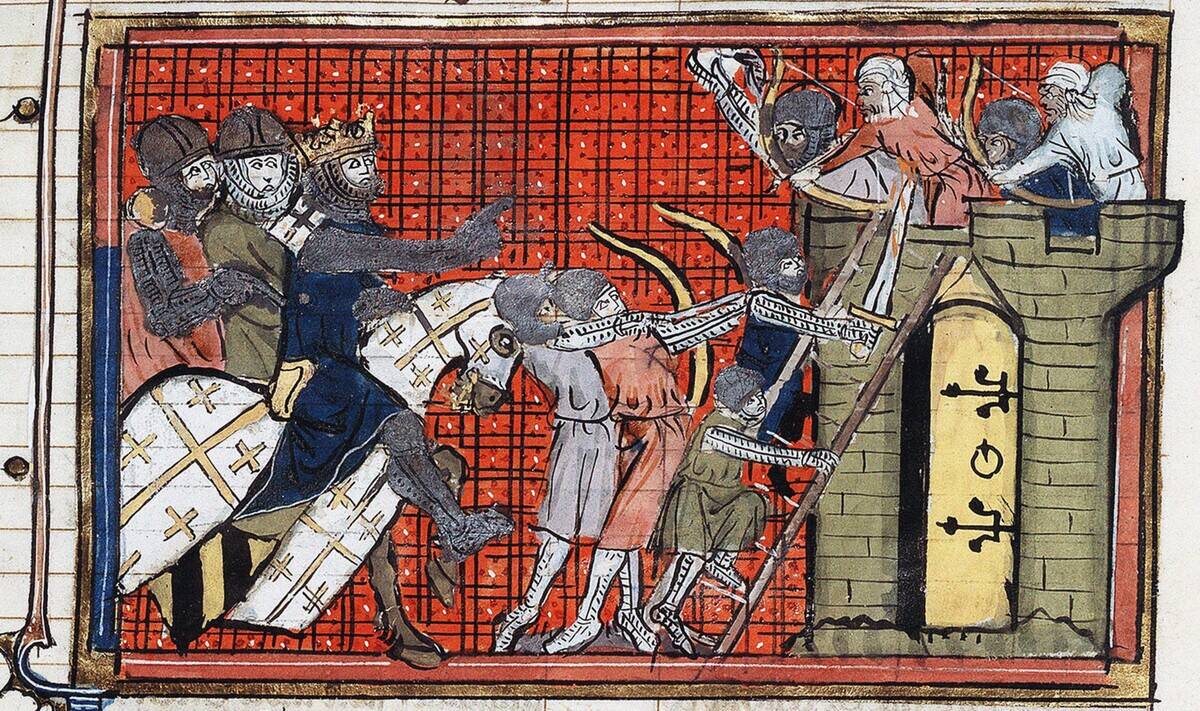
Religion was a powerful motivator in medieval warfare, with the Crusades being a prime example. These religious wars were sanctioned by the Church, aiming to reclaim the Holy Land from Muslim control. Crusaders saw themselves as warriors of God, fighting for spiritual rewards. The Crusades had far-reaching impacts, including cultural exchanges and increased trade between East and West. They also left a legacy of religious conflict and fervor, influencing the political and social dynamics of the time.
The Decline of Medieval Warfare: The Dawn of Gunpowder
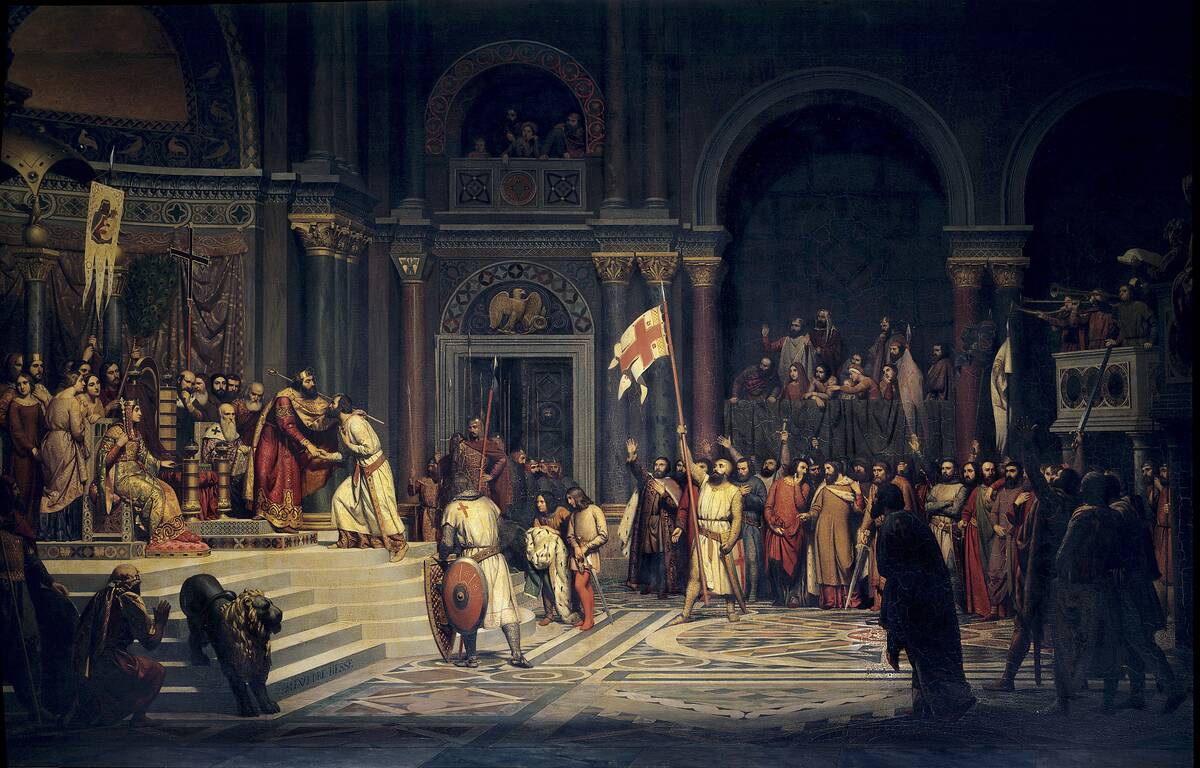
The advent of gunpowder marked the decline of traditional medieval warfare, as it rendered castles and knights less effective. Cannons could breach fortifications that had stood for centuries, and firearms changed infantry tactics. This technological shift led to the rise of professional armies and the decline of feudal levies. As gunpowder weapons became more prevalent, the face of warfare evolved, paving the way for the early modern period and reshaping military strategies and societal structures.



